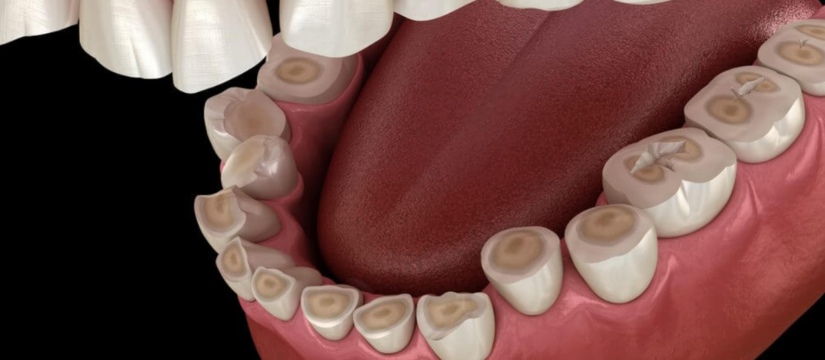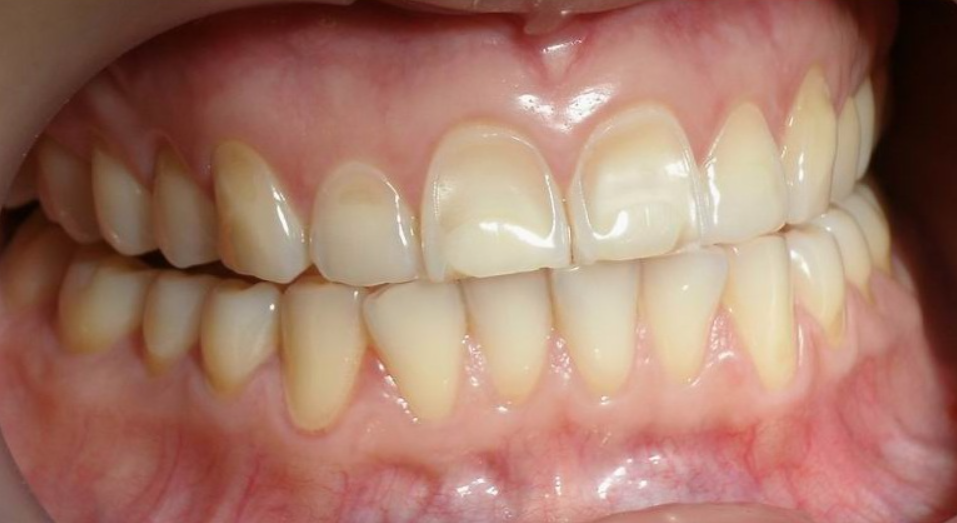
Understanding the Impact of Acidic Foods and Drinks on Tooth Enamel
In our quest for a healthy diet, we often focus on the nutritional content of foods and beverages. However, it’s equally important to consider their acidity levels and their potential impact on our dental health. Acidic foods and drinks can erode tooth enamel over time, leading to tooth sensitivity, discoloration, and an increased risk of cavities. Protect your smile: Minimize tooth enamel damage from acidic foods with advice from your trusted dentist in Rockville MD. At Rockville Dental Arts, we’re committed to helping you safeguard your smile. Let’s explore the effects of acidic substances on tooth enamel and discover strategies to minimize damage.
1. Acidic Foods and Drinks: Culprits for Tooth Enamel Erosion
Acidic foods and drinks include citrus fruits, tomatoes, sodas, sports drinks, fruit juices, wine, and vinegar-based dressings. While these items may be delicious and refreshing, they can pose a threat to your dental health. The acids they contain weaken and dissolve tooth enamel, the protective outer layer of your teeth. Over time, repeated exposure to acidic substances can lead to enamel erosion, making your teeth more susceptible to damage and decay.
2. Understanding pH Levels: The Acidic Scale
The acidity of foods and drinks is measured on the pH scale, which ranges from 0 to 14. Substances with a pH below 7 are acidic, while those with a pH above 7 are alkaline. Pure water is neutral, with a pH of 7. Acidic beverages like soda and fruit juice typically have pH levels ranging from 2 to 4, making them highly acidic and corrosive to tooth enamel. Regular consumption of these acidic drinks can gradually wear down enamel, compromising the integrity of your teeth.
3. Signs of Tooth Enamel Erosion: What to Watch For
Tooth enamel erosion often occurs gradually and may not be immediately noticeable. However, there are several signs and symptoms to watch for, including increased tooth sensitivity to hot, cold, or sweet foods and beverages. You may also notice changes in tooth color, such as yellowing or transparency around the edges. In advanced cases, enamel erosion can result in tooth decay, tooth fractures, and an increased risk of cavities. If you experience any of these symptoms, it’s essential to consult with your dentist promptly.
4. Minimizing Damage: Tips for Protecting Tooth Enamel
While it may be challenging to completely avoid acidic foods and drinks, there are steps you can take to minimize their impact on your tooth enamel:
Limit consumption: Reduce your intake of acidic beverages and snacks, especially between meals.
Use a straw: When drinking acidic beverages, use a straw to minimize contact with your teeth.
Rinse with water: After consuming acidic foods or drinks, rinse your mouth with water to help neutralize acids and wash away residue.
Wait before brushing: Wait at least 30 minutes after consuming acidic substances before brushing your teeth. Brushing immediately after can further erode weakened enamel.
Choose low-acid options: Opt for low-acid varieties of foods and drinks whenever possible, such as low-acid fruit juices or sparkling water instead of soda.
Conclusion
Acidic foods and drinks can pose a significant threat to your dental health by eroding tooth enamel and increasing the risk of cavities. By understanding the impact of acidity on your teeth and implementing preventive measures, you can help protect your smile for years to come. At Rockville Dental Arts, we’re here to support you in maintaining optimal dental health. Contact us today to schedule an appointment and learn more about how we can help you safeguard your smile against acidic damage.

